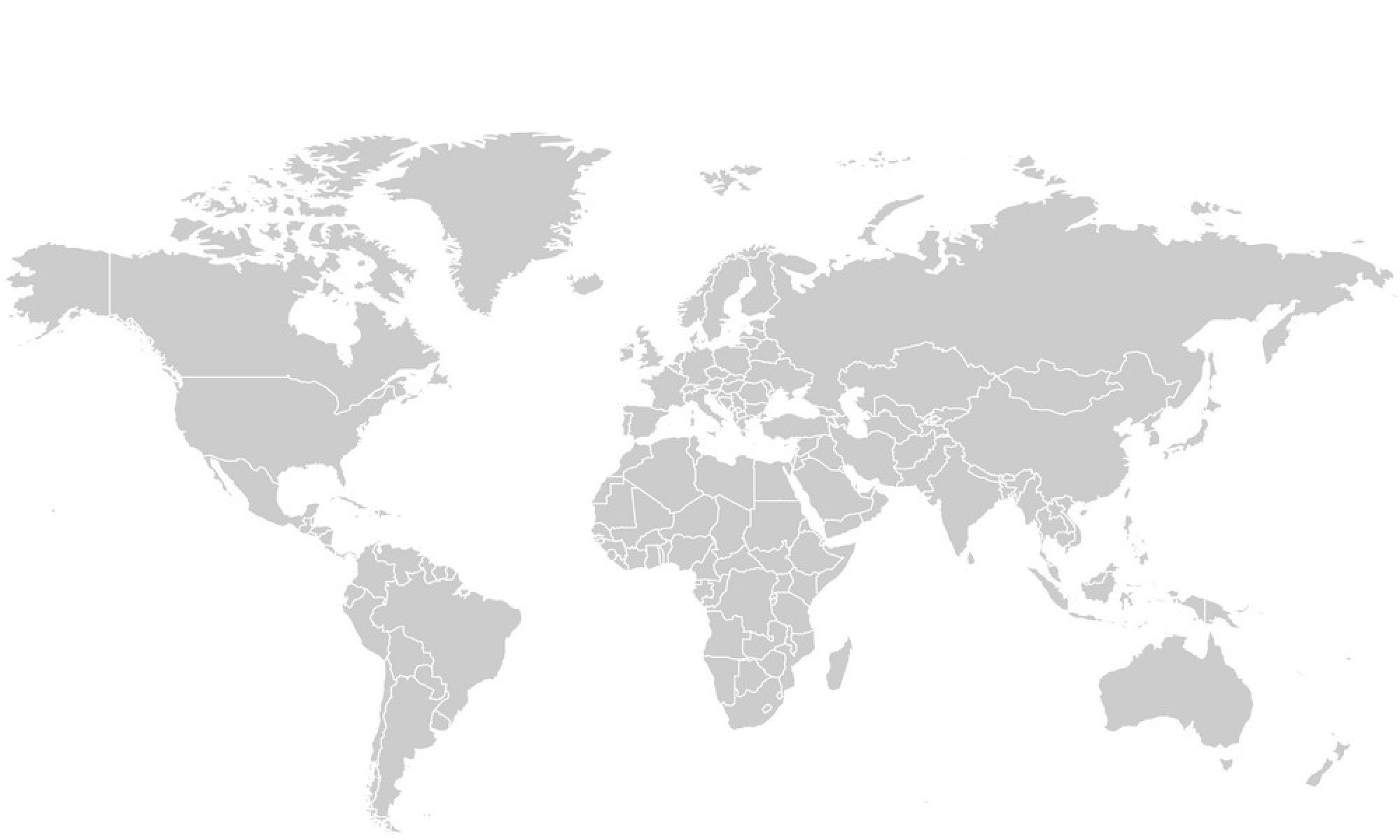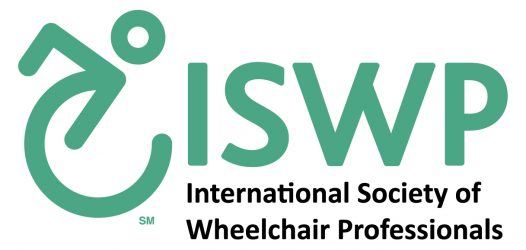Barriers preventing the full inclusion of people with disabilities, including wheelchair users, into society
Barriers to inclusion of people with disabilities can be grouped in:
Attitudinal barriers can include:
- assumptions about what is possible for a person with a disability
- assumptions that people with a disability cannot make decisions for themselves
- treating people with disabilities as objects of charity
- in some cultures, it is believed that people with disabilities are cursed and they are excluded from their communities and/or families as a result.
Environmental barriers can include:
- the natural environment – such as rocky or steep terrain
- the built environment – such as inaccessible homes, schools, and community buildings
- a lack of assistive devices.
Institutional barriers can include:
- a lack of government legislation and policies that support the rights of people with disabilities
- rules and regulations regarding admission criteria for school or university.
To learn more about this topic, read the following pages of your ToT Handbook

